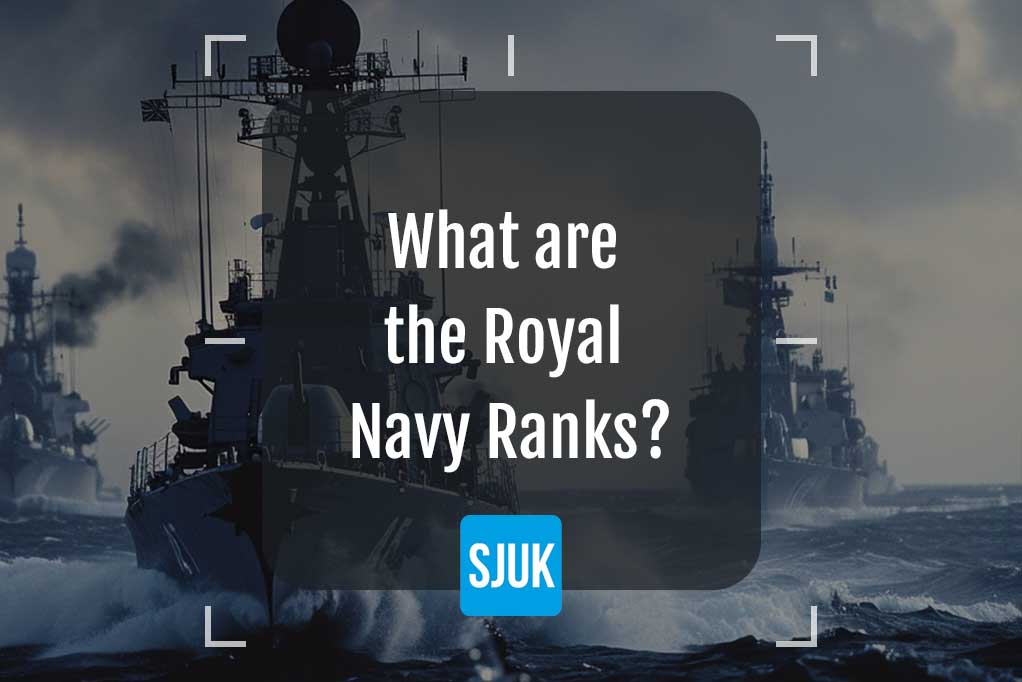
The Royal Navy, renowned for its illustrious history and formidable maritime presence, operates with a structured hierarchy of ranks.
From seasoned sailors to distinguished officers, each rank plays a crucial role in maintaining the naval prowess of the United Kingdom.
But what are the Royal Navy Ranks?
Understanding the Royal Navy ranks is not only essential for those serving within its ranks but also for anyone interested in maritime history and military organisation.
In this article, we delve into the diverse array of Royal Navy ranks, from the enlisted ratings to the distinguished officer ranks, shedding light on the roles and responsibilities that define this esteemed naval force.
Table of Contents
Toggle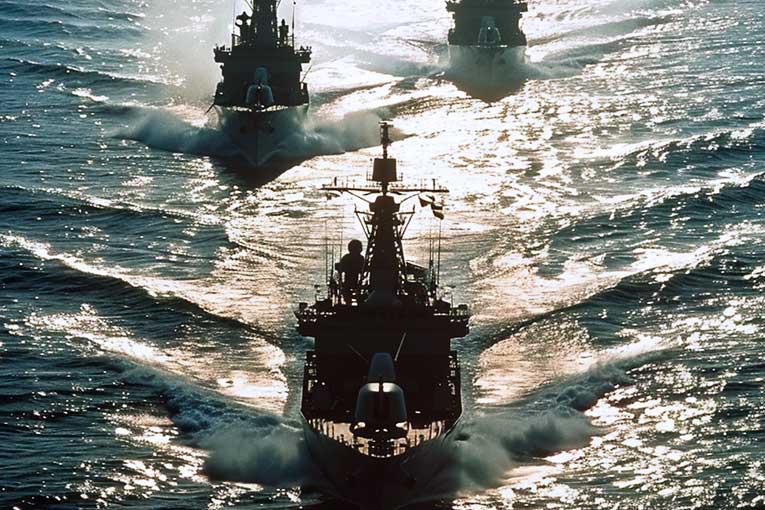
The Royal Navy stands as the maritime arm of the United Kingdom’s military forces, with a rich heritage spanning centuries.
Its primary responsibility lies in safeguarding the nation’s interests at sea, defending its shores, and projecting power across the globe.
Operating an extensive fleet of vessels ranging from warships to submarines, the Royal Navy plays a vital role in ensuring maritime security, protecting trade routes, and supporting international peacekeeping efforts.
Beyond its defensive capabilities, the Royal Navy serves as a symbol of national pride and prestige, embodying Britain’s historical legacy as a maritime superpower.
With a tradition steeped in honour, courage, and excellence, its sailors and officers undergo rigorous training to uphold the highest standards of professionalism and proficiency.
From patrolling territorial waters to participating in multinational operations, the Royal Navy remains at the forefront of maritime operations, adapting to modern challenges while upholding time-honoured traditions.
With its global reach and unwavering commitment to service, the Royal Navy continues to play a pivotal role in defending the United Kingdom’s interests and promoting stability in the ever-changing seascape of the 21st century.
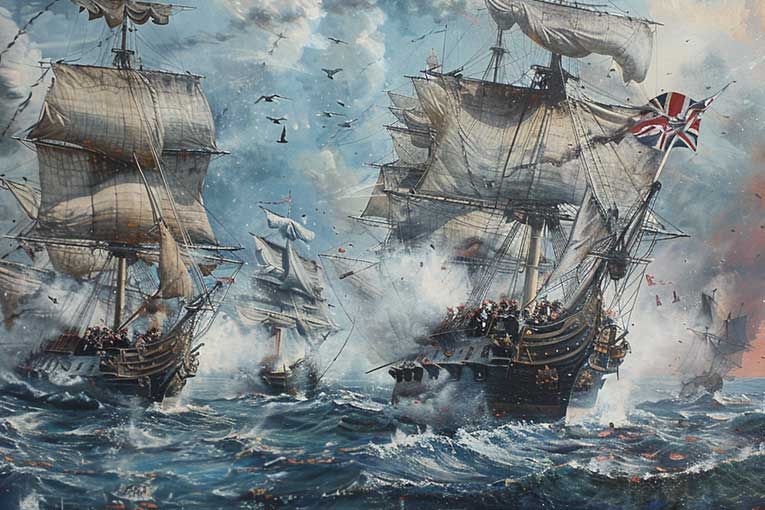
The history of the Royal Navy is a saga of maritime dominance, strategic prowess, and global influence that spans over five centuries.
Established during the reign of King Henry VIII in the early 16th century, the Royal Navy emerged as a formidable naval force that would shape the course of world history.
Originally formed to protect England’s shores and assert its dominance over neighbouring powers, the Royal Navy quickly expanded its reach during the age of exploration and colonial expansion.
Its ships voyaged to distant lands, establishing colonies, trading posts, and strategic naval bases across the globe, laying the foundation for the British Empire.
Throughout its history, the Royal Navy played a pivotal role in numerous conflicts, including the Anglo-Dutch Wars, the Napoleonic Wars, and both World Wars.
Its victories at sea secured Britain’s status as a global maritime superpower and facilitated the growth of its colonial empire.
During the 19th and 20th centuries, the Royal Navy underwent significant technological transformations, embracing innovations such as steam power, ironclad warships, and naval aviation.
These advancements propelled the Royal Navy to new heights of naval supremacy and enabled it to maintain control of the world’s oceans.
In the modern era, the Royal Navy continues to uphold its proud tradition of service and sacrifice, adapting to new challenges such as counter-piracy operations, humanitarian missions, and maritime security patrols.
Today, it remains one of the world’s most formidable naval forces, safeguarding the United Kingdom’s interests and promoting peace and stability on the high seas.
The history of the Royal Navy is a testament to the bravery, skill, and dedication of its sailors and officers, who have defended the nation’s shores and projected British influence across the seven seas for centuries.
It is a legacy of maritime excellence that continues to shape the world’s oceans and the course of history.
The Royal Navy ranks are divided into two sectors – Rating ranks and Officer Ranks
The Royal Navy’s rating ranks form the backbone of its enlisted personnel, encompassing a diverse range of roles and responsibilities.
These Royal Navy ranks represent a hierarchy of skill, experience, and leadership within the naval service, each carrying its own set of duties and expectations.
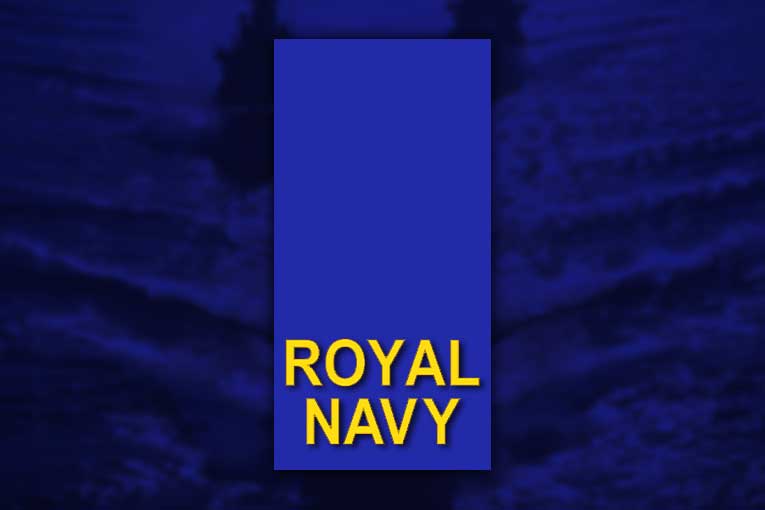
Able Rate is the entry-level rating rank in the Royal Navy, typically obtained after completing basic training.
Able Rates are skilled sailors who have demonstrated proficiency in their duties and are capable of performing a variety of tasks onboard a ship or naval installation.
They may be responsible for general maintenance, seamanship, and operational support under the supervision of higher-ranking personnel.
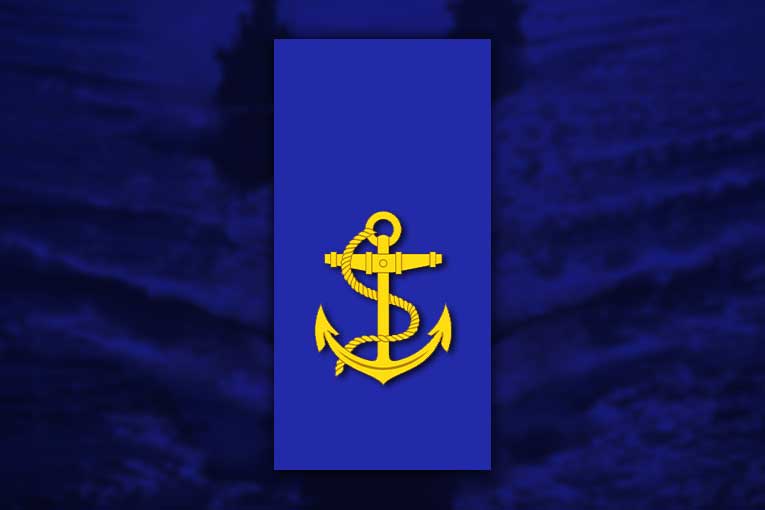
Lead Hand is a junior non-commissioned officer rank, representing a step up from Able Rate.
Lead Hands are experienced sailors who have been entrusted with additional responsibilities and leadership duties.
They may supervise small teams of personnel, oversee specific tasks or projects, and assist in the training and development of junior sailors.
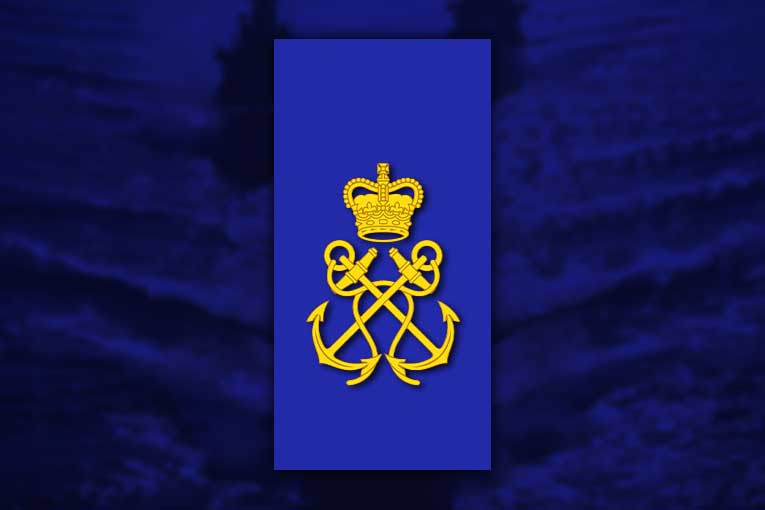
Petty Officer is a senior non-commissioned officer rank, signifying a higher level of expertise and leadership within the Royal Navy.
Petty Officers are experienced sailors who hold specialised roles and responsibilities within their respective departments or branches.
They may serve as team leaders, technical specialists, or subject matter experts in areas such as engineering, navigation, or weapons systems.
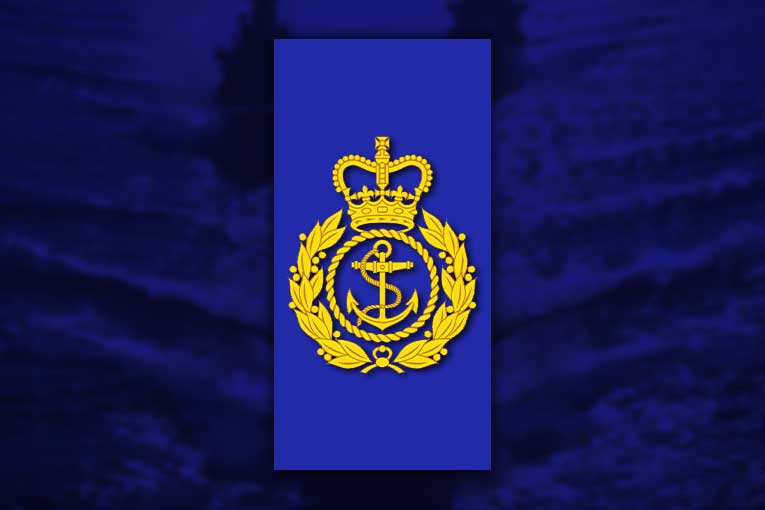
Chief Petty Officer is the highest non-commissioned officer rank in the Royal Navy, reserved for seasoned professionals who have demonstrated exceptional leadership and proficiency in their field.
Chief Petty Officers are responsible for overseeing the day-to-day operations of their department or division, providing guidance and mentorship to junior personnel, and assisting officers in the execution of their duties.
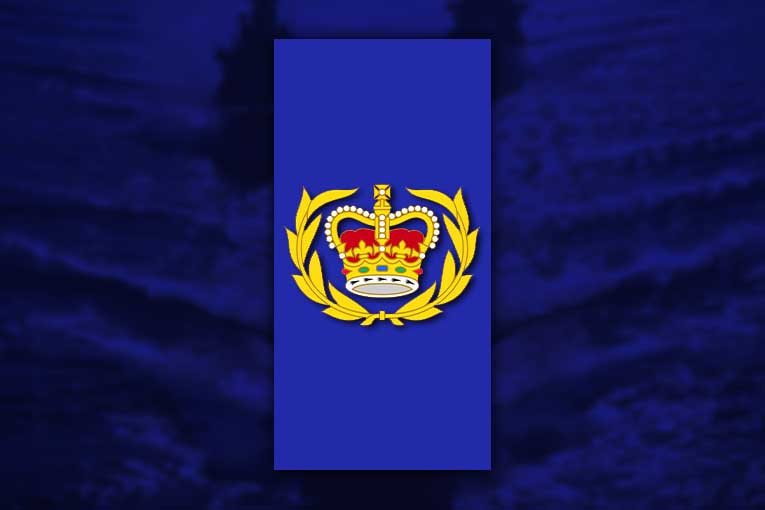
Warrant Officer 2 is a senior enlisted rank in the Royal Navy, representing a transition from the non-commissioned to the commissioned ranks.
Warrant Officer 2s are experienced sailors who hold specialised technical or administrative roles within their branch or department.
They may serve as department heads, senior instructors, or warrant officers’ assistants, providing valuable expertise and guidance to their colleagues.
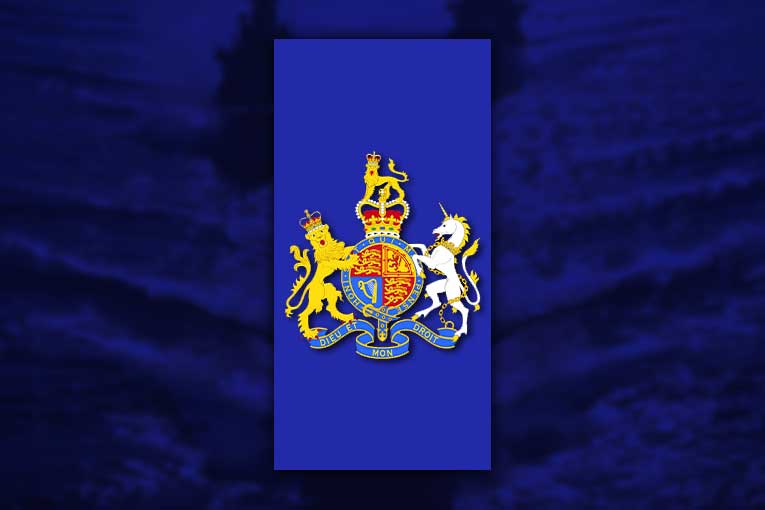
Warrant Officer 1 is the highest enlisted rank in the Royal Navy, reserved for exceptional sailors who have demonstrated outstanding leadership, professionalism, and expertise throughout their career.
Warrant Officer 1s hold senior leadership positions within their branch or department, serving as advisors to commanding officers and providing invaluable support in the execution of naval operations.
They are respected leaders and mentors, responsible for upholding the highest standards of conduct and performance within the Royal Navy.
The Royal Navy’s officer ranks represent a hierarchy of leadership, responsibility, and expertise within the naval service.
From junior officers to the highest-ranking admirals, each of these Royal Navy ranks carries distinct roles and duties, shaping the command structure and operational effectiveness of the Royal Navy.
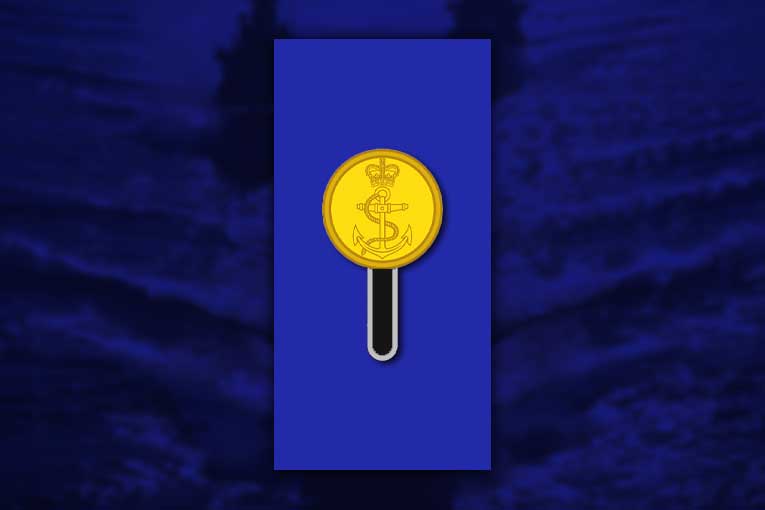
Midshipman is the lowest officer rank in the Royal Navy, typically held by officer cadets undergoing initial training at the Britannia Royal Naval College or naval academy.
Midshipmen serve as junior officers-in-training, learning the fundamentals of naval operations, leadership, and seamanship under the guidance of senior officers.
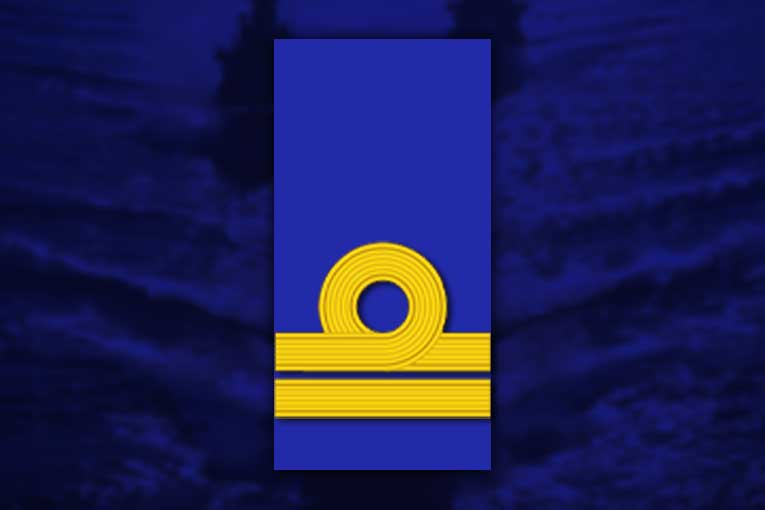
Lieutenant is a junior commissioned officer rank, signifying a progression from midshipman.
Lieutenants serve as departmental officers or watchkeeping officers aboard ships or naval installations, responsible for overseeing specific areas of operation, supervising personnel, and assisting senior officers in the execution of their duties.

Lieutenant Commander is a mid-level commissioned officer rank, representing a step up from Lieutenant.
Lieutenant Commanders hold leadership positions within their respective departments or branches, serving as divisional officers, department heads, or staff officers.
They are responsible for managing personnel, resources, and operations under the direction of senior officers.
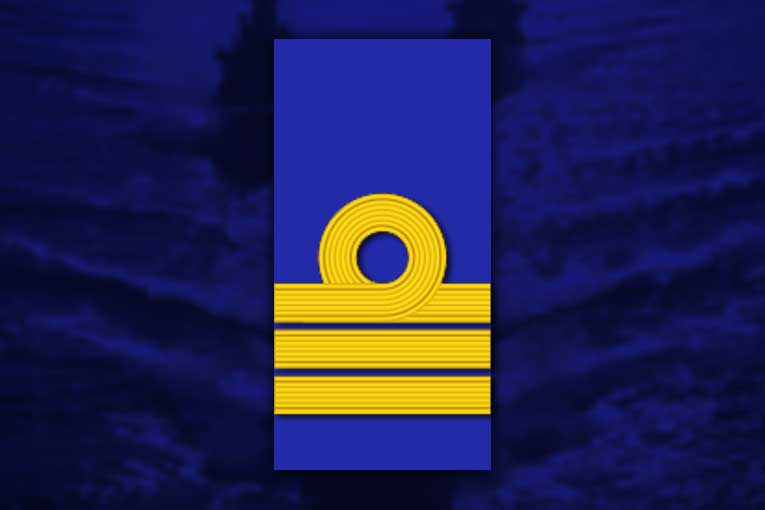
Commander is a senior commissioned officer rank, denoting significant leadership and management responsibilities within the Royal Navy.
Commanders hold command positions aboard ships or shore establishments, serving as executive officers, squadron commanders, or commanding officers of smaller vessels.
They are responsible for the overall operation and readiness of their units, overseeing personnel, equipment, and mission planning.
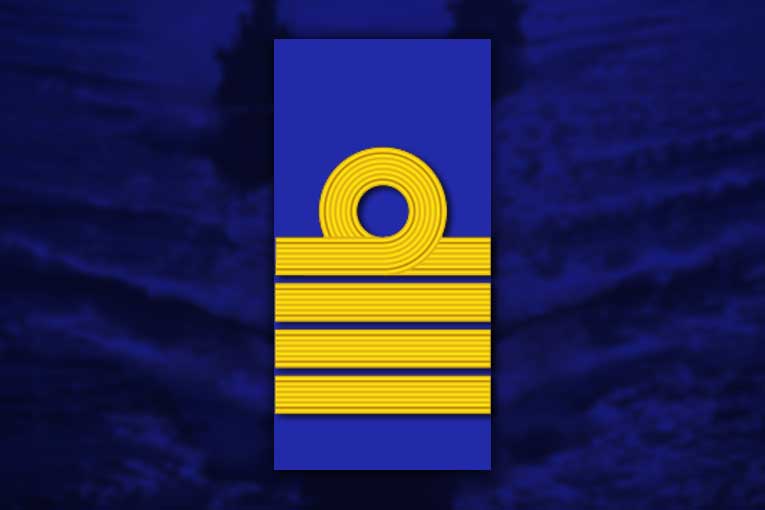
Captain is one of the most prestigious officer ranks in the Royal Navy, reserved for commanding officers of larger ships or naval establishments.
Captains hold ultimate authority and responsibility for their units, overseeing all aspects of operations, administration, and personnel management.
They play a crucial role in setting the strategic direction and operational priorities of the Royal Navy.

Commodore is a senior flag officer rank, typically held by officers in command of a naval flotilla, squadron, or task group.
Commodores are responsible for coordinating and directing the activities of multiple ships or units, ensuring the successful execution of naval operations and missions.
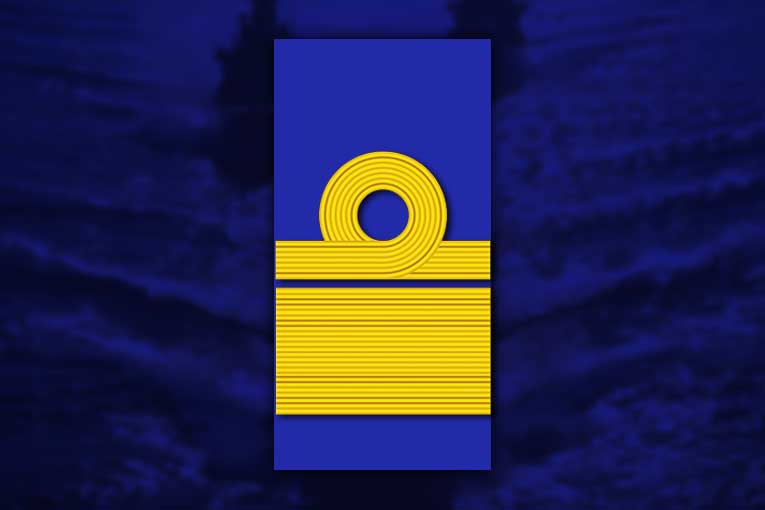
Rear Admiral is a high-ranking flag officer rank, denoting significant authority and responsibility within the Royal Navy’s command structure.
Rear Admirals serve in senior leadership positions within naval commands, fleet headquarters, or strategic planning organisations, overseeing the implementation of naval policies and directives.
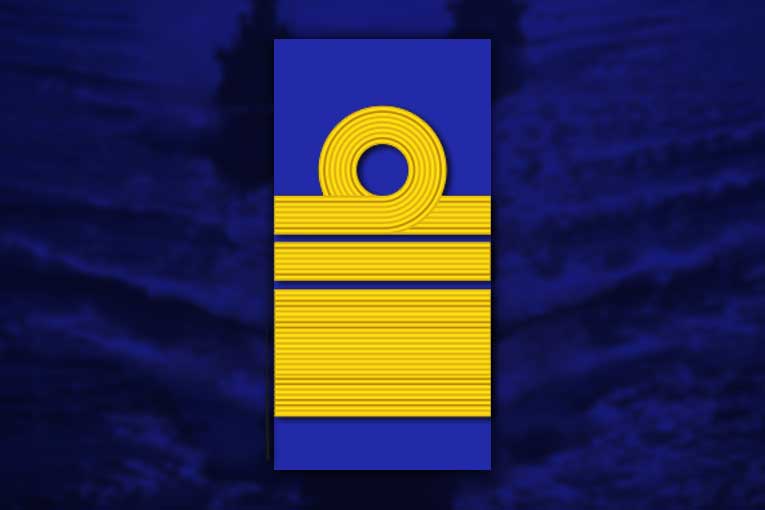
Vice Admiral is a senior flag officer rank, representing one of the highest levels of command in the Royal Navy.
Vice Admirals serve in key leadership roles within naval commands, fleet headquarters, or strategic planning organisations, providing guidance and direction to subordinate units and staff.
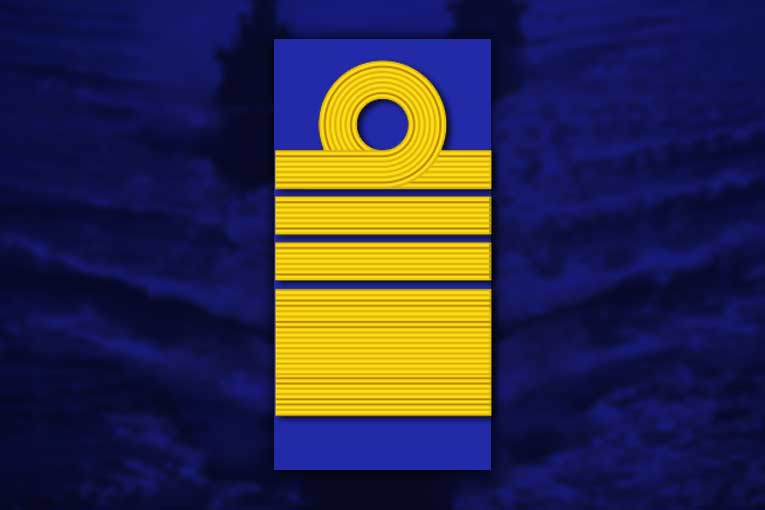
Admiral is the highest-ranking flag officer rank in the Royal Navy, reserved for officers who hold the highest levels of command and responsibility.
Admirals serve in senior leadership positions within the Royal Navy, overseeing strategic planning, policy development, and operational execution at the highest levels of command.
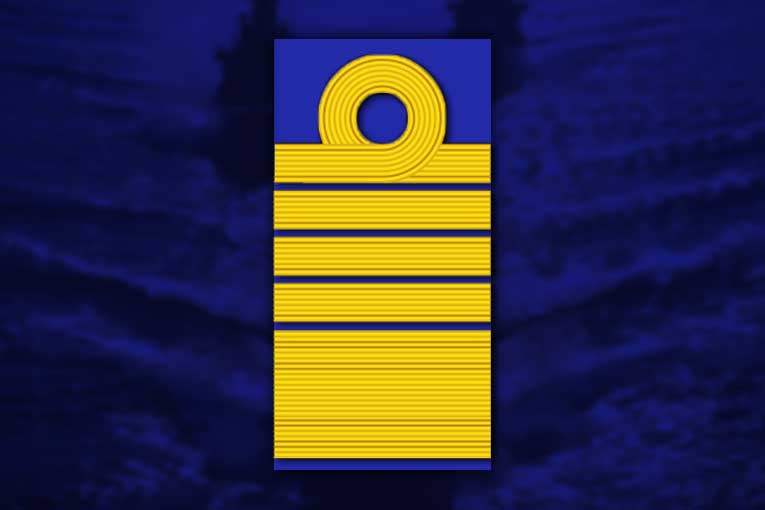
Admiral of the Fleet is an honorary rank bestowed upon distinguished officers who have achieved exceptional service and leadership throughout their naval careers.
Admirals of the Fleet are held in the highest esteem within the Royal Navy and serve as symbols of excellence and achievement in the naval service.
The Royal Navy ranks represent a diverse hierarchy of leadership, skill, and responsibility that underpins the effectiveness and operational readiness of the United Kingdom’s naval service.
From seasoned sailors to distinguished officers, each rank plays a crucial role in maintaining maritime security, defending the nation’s interests, and projecting British influence across the globe.
Upholding a tradition of excellence and professionalism, the Royal Navy ranks embody the values of honour, courage, and dedication that have defined the naval service for centuries.
Through their collective efforts, sailors and officers alike continue to uphold the proud legacy of the Royal Navy, ensuring its continued success in safeguarding the seas.
